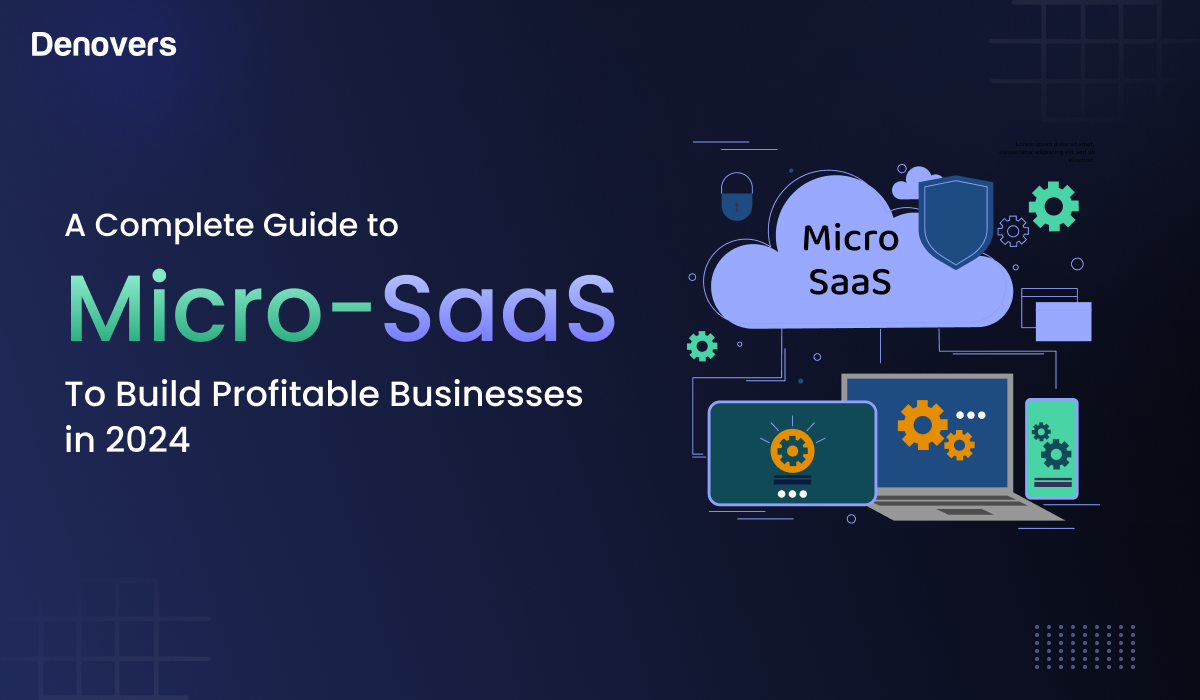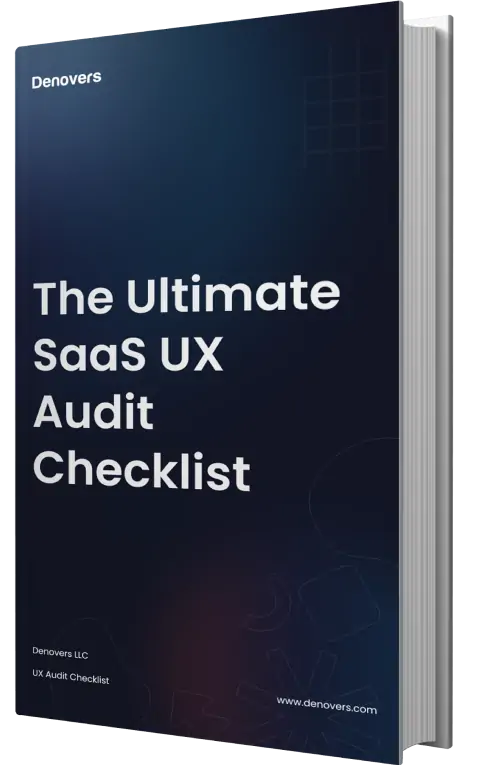Product owners are often excited to create large, all-encompassing products like Hubspot or Salesforce. Although these products attract a huge audience, which results in excessive profits, it does not mean that every SaaS product needs to cover diverse bases to be successful. You can also go for micro-SaaS products.
Not only is this a hot trend nowadays, but it also helps companies to build flourishing businesses by addressing their specialized needs. Businesses might have limited awareness about Micro-SaaS, but they hold significant potential for entrepreneurial success.
In this guide, we will discuss everything you need to know about micro-SaaS products, along with practical steps to make one to increase your business profitability.
Let’s dive straight into it.
What is Micro-SaaS?
Micro-SaaS refers to a digital product that deals with a specific niche or domain to cater to the specific needs of customers. These platforms address small user bases with specialized tools to address single sectors. Micro-SaaS products are highly efficient since they only cater to the needs of a small group.
Take the example of Slack, a product of Salesforce that entertains messaging only for working professionals who are working in remote teams. Another example is Cleanvoice, which edits your podcast audio using AI.
These products respond to user’s queries and concerns fast and efficiently. They don’t require excessive requirements or funding to be developed. A small team can control Micro-SaaS products. They pave the way to long-term success as these platforms are sustainable and profitable.
Why Should You Build a Micro-SaaS Product?

The SaaS industry has been extensively growing, and its revenue is expected to reach $369.4 billion by 2024. Various companies are integrating emerging SaaS technologies in their businesses to make the most out of it. Successful micro-SaaS products have several benefits for a business. Let’s have a look at some of them.
- Lower initial investment: Micro SaaS products require fewer resources to develop and maintain. This makes them cost-effective for startups and small businesses.
- Targeted niche markets: Micro SaaS allows you to focus on niche markets with specialized needs. This results in more precise targeting and potentially higher conversion rates.
- Faster time to market: Micro SaaS products can be developed and launched more quickly to capitalize on market opportunities faster as they have small scope and simplified features
- Scalability potential: Micro SaaS products can be scaled incrementally. This allows you to grow your business gradually and adapt to customer feedback and market changes.
- Reduced complexity: Micro-SaaS products focus on solving a specific problem or addressing a niche audience. They have simple architectures and workflows, which reduces development and operational complexities.
- Easier customer acquisition: Targeting a specific niche with a micro-SaaS product can make customer acquisition more straightforward, as you can customize your marketing efforts and messages more precisely to the needs of your target audience.
What is the Difference Between SaaS and Micro-SaaS?

| Aspect | SaaS | Micro-SaaS |
| Scope | Typically comprehensive, serving broad markets | Targeted at specific niche markets or problems |
| Development Cost | Higher due to complex features and scalability | Lower due to simplified features and scope |
| Time to Market | Longer due to extensive development cycles | Shorter due to smaller scope and quicker iterations |
| Scalability | Highly scalable, often requiring significant resources | Scalable but incrementally, with less resource demand |
| Complexity | Often complex, with multiple features and integrations | Simpler architecture and workflows, reduced complexity |
| Customer Acquisition | Requires broader marketing efforts and channels | Easier to target niche audiences, more focused marketing |
| Customization | Offers more customization options and flexibility | Limited customization, focused on solving specific problems |
| Market Potential | Targets broad market segments with mass appeal | Targets smaller, specialized markets or needs |
Top Micro-SaaS Trends in 2024
Micro-SaaS companies should keep in mind that if they want their product to be user-friendly and productive, it is super important to ensure that they are developed according to the latest trends. We have listed some of the most popular trends that you should consider if you want to build successful micro-SaaS products. Let’s have a look at them.
AI

Artificial Intelligence (AI) is changing how SaaS works. Adding AI features to your micro SaaS tool can make it work better, automate tasks, and give users more personalized experiences. Nowadays, people expect AI in the tools they use. So, if you’re building a micro SaaS product, think about how AI could make it even better.
Whether it’s using AI to analyze data, automate repetitive tasks, or create smart chatbots for customer support, AI can help your micro SaaS stand out and succeed in different industries. Embracing AI in your micro SaaS product not only enhances its capabilities but also makes sure it stays relevant in the competitive market.
User Experience and Customer Engagement

Micro SaaS is all about stepping up the user experience and getting friendly with customers. Customers tick when they come across slick interfaces, personalized tips, and organized data. Whether it’s developing a smooth onboarding process or offering recommendations created just for them, companies are going all out to keep users engaged and happy.
This is not all. Micro SaaS companies are also focusing on customer engagement through innovative features like live chat support and speedy responses on social media. They ensure that they are always there for their customers. It’s all showing customers that they are not just transactions but valued members of the Micro SaaS family.
Verticalized SaaS Products

As an entrepreneur or business owner of micro-SaaS companies, it’s important to keep an eye out for opportunities in this verticalized micro-SaaS space. This trend involves creating specialized software (SaaS) for specific industries or groups.
By focusing on a particular area, you can make “micro” versions of these apps that really meet people’s needs. These smaller tools can offer features that bigger ones might miss and adapt more quickly to changes. So, it’s worth looking out for ideas in this space that could shake things up and find their own place in the market.
Data Privacy and Security

Successful micro SaaS businesses are stepping up their game by focusing on protecting customer data. They’re adding extra security measures like two-factor authentication and encryption to keep data safe. Prioritizing data security is key for Micro SaaS companies to earn customer trust and credibility. For instance, Google Workspace has been increasing its cloud security and data protection services excessively to earn the trust of customers.
No Code
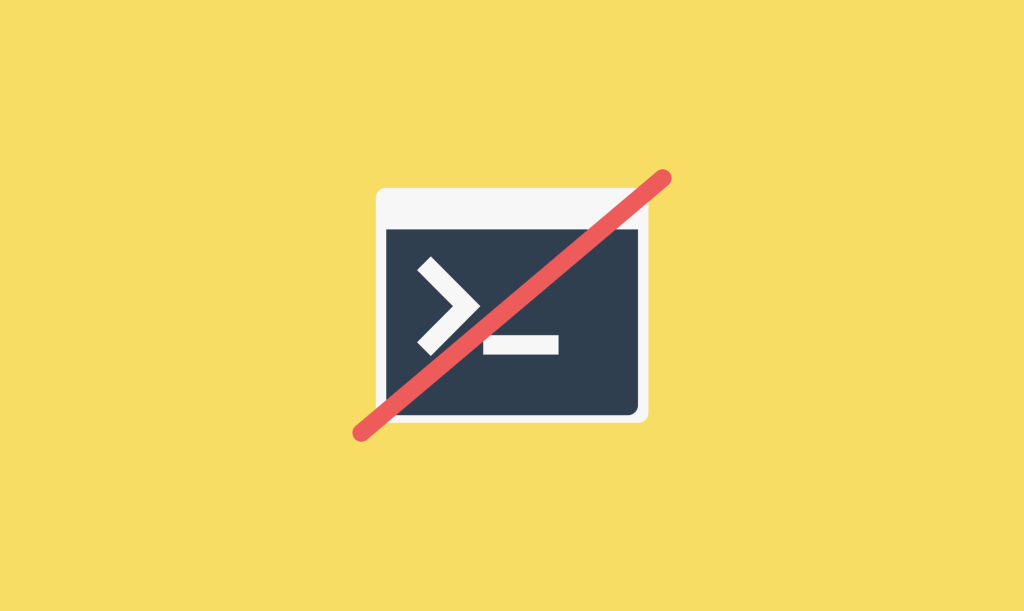
Remember the days when you needed serious coding chops to build cool web apps? Well, those days are over! Thanks to easy-to-use platforms like WordPress and Wix, even non-techies can whip up powerful micro SaaS tools. Now, you can focus on your ideas, designs, and features without worrying about the code. It’s like DIY without the headache. So dive in, embrace the no-code, low-code vibe, and bring your micro SaaS dreams to life hassle-free!
Ideas of Micro-SaaS
Here are some micro-SaaS ideas that have high chances of success and profitability.
The Mock Interview Platform

In today’s job market, getting hired is tough as you have to go through several challenging interviews and tests. Therefore, you need to be super prepared to stand out. People are doing everything they can to get ready. That’s why there are so many startups offering help with interviews. They fix resumes, coach interviews, and teach job-specific skills.
However, what if you could get a website where you can practice interviews with experts? Sounds exciting, right? You book sessions to get personal advice and feedback to help you do better. This platform will tell you about the pros, improve your skills, and boost your chances of getting the job. It’s like having your coach to train you for interviews.
Voice of Customer Platform
In today’s business world, keeping customers happy is key. But what if there was a direct way to hear from them? Introducing a new tool called “Voice of the Customer.” It’s super easy to use and lets businesses gather feedback directly from customers. But it doesn’t stop there. This tool also helps analyze the feedback so companies can make smart decisions to make their customers even happier.
With micro SaaS ideas like these, companies get valuable insights into what their customers want. They listen and learn from the feedback to improve their products and services. This also streamlines their operations and delivers top-notch experiences.
Micro SaaS companies can build strong bonds with their customers by showing that they are actually listening to their customers. This makes them feel valued, which results in long-term success.
Testimonial Platform
Customer testimonials are like gold for any business, as they help build trust and assist people in deciding whether to go for a brand. Imagine having a super easy way to collect those stories from happy customers. You will not have to struggle to get the feedback as this tool makes it a breeze.
And guess what? You can easily share those amazing stories on your website, social media, or anywhere else your customers hang out. Micro SaaS examples show the awesome impact your business has on people’s lives. And when potential customers see that, they feel confident choosing you.
Remote Work Platform

Working from home has its hurdles. Without the office buzz, remote workers might feel a bit lost in the shuffle. As a result, it’s super important to show appreciation and give power to your remote team members.
Suppose bosses and buddies gave virtual high-fives, cheered on wins, and tracked progress effortlessly. It would be like a virtual motivation booster to keep the employees connected and pumped. Remote work can sometimes get monotonous, which makes trust and team bonding difficult. However, with the right remote work micro-SaaS product, you can build trust and friendships, even if we’re miles apart.
Niche CRM Solutions
CRM (Customer Relationship Management) software is everywhere, but small startups can create special versions for certain industries. Imagine a CRM just for real estate agents, doctors, or finance companies. These industry-specific CRMs make work easier and help businesses grow faster. It offers tools to
- Manage client information
- Track appointments
- Send reminders.
Influencer Marketing Campaigns

In today’s digital age, influencers are everywhere to inspire consumers’ decisions. According to the Digital Marketing Institute, it has been estimated that 49% of customers rely on what influencers recommend. This shows that you should not ignore this trend.
However, influencer marketing can be daunting. That’s where a handy influencer marketing tool comes in. Imagine a successful micro SaaS product that does everything like finding influencers, managing campaigns, and providing insights.
Start by building a directory of influencers. Make it easy to search and filter by industry, location, and social channels. It also offers insights like audience demographics and top-performing content. This helps them choose the right influencers and customize their campaigns.
Moreover, you can also include metrics to measure campaign success. This lets users track performance and adjust strategies as needed. Businesses can easily navigate influencer marketing and unlock their full potential through micro-SaaS ideas like these.
Employee Wellness and Engagement Products

Small and medium-sized startups can boost their team’s happiness and productivity with employee wellness and engagement platforms. These platforms offer things like wellness challenges, mental health resources, ways to recognize employees, and better communication channels.
Startups can create a positive work environment that keeps employees engaged and motivated for greater success for the company by using micro-SaaS tools like these.
Product Feedback Tool

Products are the backbone of any business, whether it’s something you can touch or a service you offer. The key to success? Keep improving those products based on what your customers say. But getting customer feedback isn’t always easy.
Therefore, a micro-SaaS product that gathers and analyzes feedback is a good option. You can easily get insights through a product feedback tool to make smarter product decisions. It’s all about helping users level up their product game.
Popular Micro-SaaS Examples
Here are some popular micro-SaaS examples.
Carrd

Carrd is the go-to platform for easy website creation. It offers simple, responsive, and one-page templates for any project. Users can start for free and upgrade to unlock premium features like Google Analytics integration and custom domain names. Carrd helps bloggers, developers, and artists easily create stunning websites effortlessly and in an affordable way.
AnyTrack
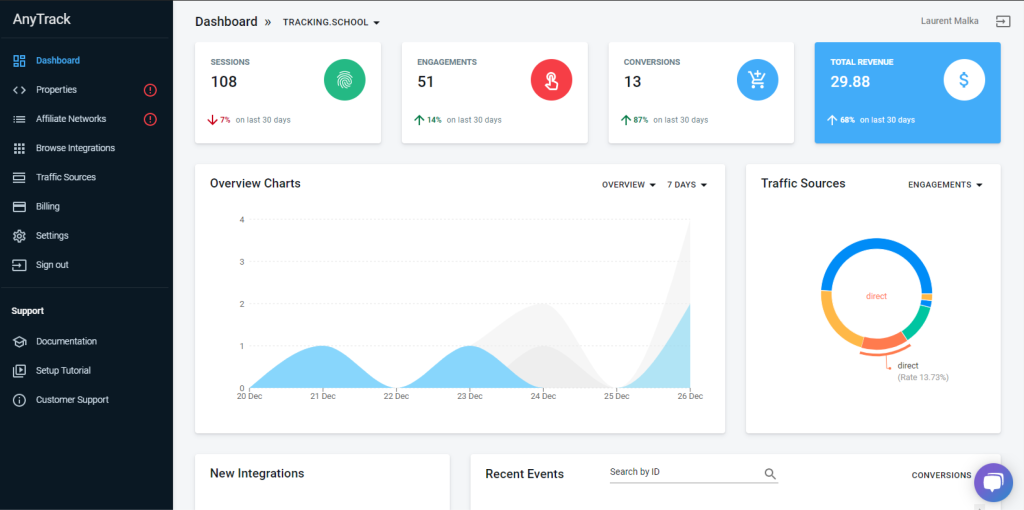
AnyTrack revolutionizes the connection between marketing and sales channels and your specific customer base. This innovative platform elevates the process by merging with Shopify and Google Analytics to do complete automation of data. With this amazing micro SaaS product, you can say bye to manual tracking. Its primary goal is to help businesses through automated data management. Additionally, it also provides the valuable capability of recovering lost data resulting from iOS updates.
Solidgigs

Solidgigs is a micro SaaS product for freelance opportunities that links you with top-tier positions sourced from trusted and high-quality channels. You can get daily job leads directly and keep all your earnings without any commission deductions. Their aim is to offer exceptional opportunities to help you succeed in your freelancing career. The main idea behind SolidGigs is to provide freelancers with job listings that align with each freelancer’s skills.
Plutio

Plutio is a work management micro SaaS platform. It’s the perfect tool for developers to smoothly customize their workflow and manage their business from one platform. You can rely on it for
- Tasks automation
- Smooth collaboration
- Project management
- Boosted productivity
- Create tasks
- Track time
- Share progress in one place.
Plausible
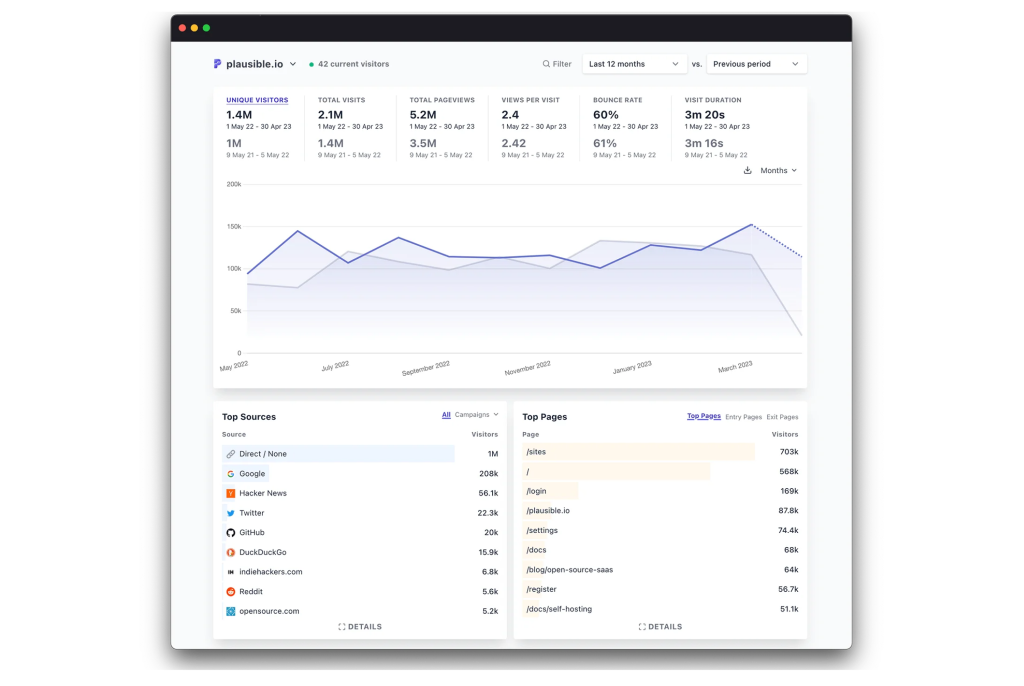
Plausible is a website analytics tool just like Google Analytics. However, this is one of the micro SaaS examples that focuses more on your privacy so that your information stays secure. Plausible simplifies things by providing straightforward reports, so you won’t need a complex dashboard to understand your data. It mentions all the essential metrics on one screen to make it easy and effective to use.
Social Bee

Social Bee is the perfect example of a successful micro SaaS as it has a comprehensive toolkit. It monitors your engagement, follower growth, and other activities to improve your social media management. There is a variety of packages with different pricing, level of analytics required, and number of social media profiles. The platform also offers
- Competitor Analysis
- Custom Reporting
- Audience Demographics Insights.
Storemapper

Storemapper was founded by Tyler Tringas, one of the most well-known experts in the micro SaaS industry. The idea came to him in 2012 when he was working as a freelancer for eCommerce companies on Shopify.
Many of Tringas’s clients were looking for a plugin that would allow them to list all their store locations on a map and then let clients type in their zip code to find the closest location to them. Although the idea seemed simple, he noticed there weren’t any good “plug-and-play” options available. So, he created his own.
Storemapper offers clients a free trial, after which they can choose their preferred monthly or annual subscription plan. Some of the premium features Storemapper offers include:
- Bulk uploading
- Unlimited traffic
- Google Analytics
- Map customizations
- Google Drive and Facebook integrations
Karmabot
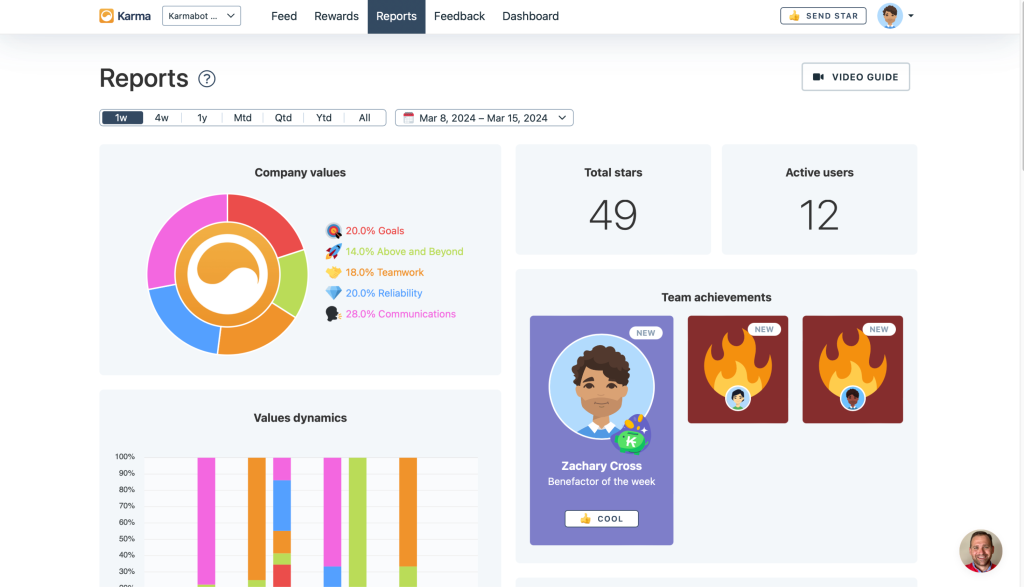
Karmabot is a micro SaaS tool that rewards good work in companies. It works with Slack, Microsoft Teams, and Telegram. People can give each other “Karma Points” to recognize good work. It also gathers data to make performance reports for CEOs and team members through tips for improvement. It encourages you to work better over time. After trying it free for 30 days, you pay based on how many people are in your company. The more users you need, the more it costs.
Hypefury

Hypefury finds great content for your tweets and can comment on popular ones to attract people to your courses and newsletters. It helps businesses save time and be more productive on social media. Additionally, it can also comment on trending tweets to get more people interested in your courses and newsletters.
PDFShift
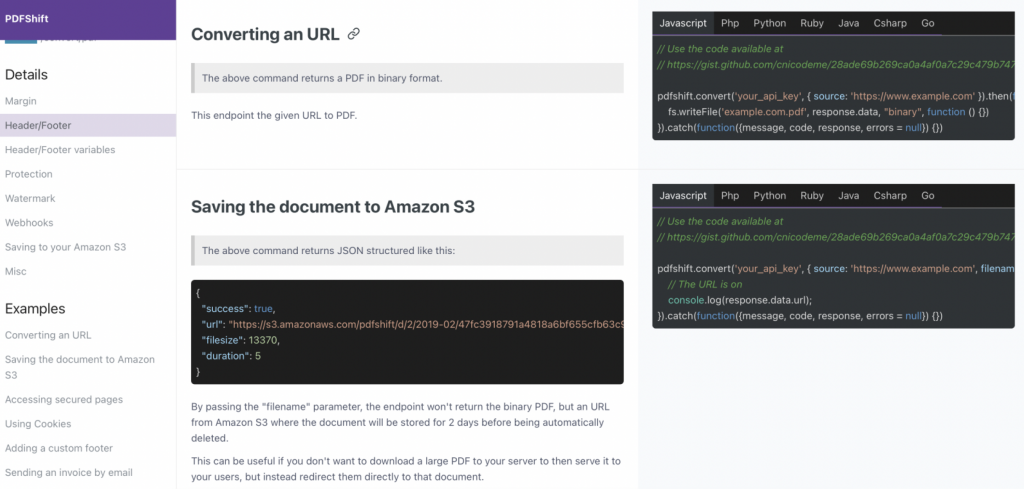
PDFShift is a go-to platform widely known for its simplicity in converting HTML to PDF format with speed and ease. This product has one of the best micro-SaaS ideas, as it offers a user-friendly interface. This tool offers a smooth user experience while keeping your data secure. PDFShift can efficiently convert a wide range of web pages into PDF files through its amazing technology.
Moreover, it provides support to development teams within organizations so that they can exhaust the full potential of their websites for growth and success.
Zendesk
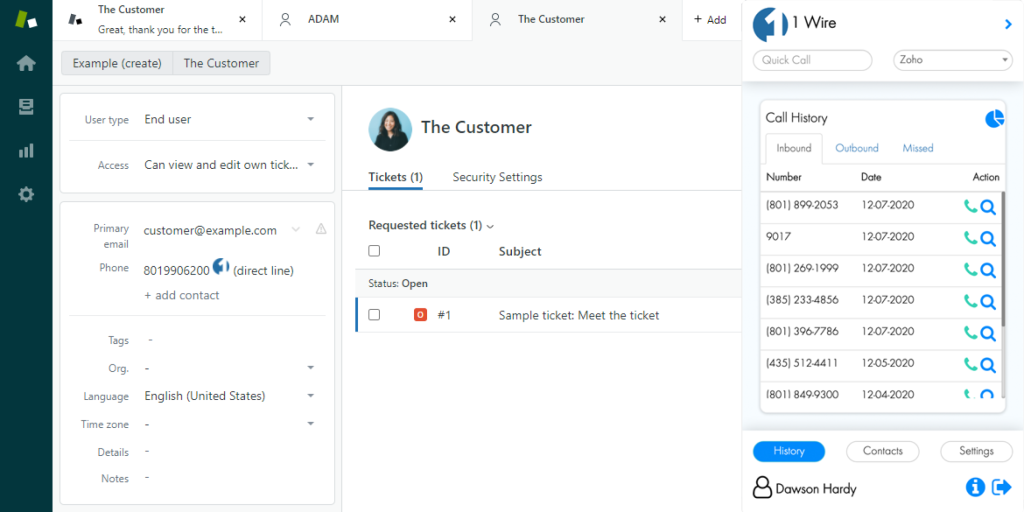
Zendesk is a top-tier solution for customer support management. Several businesses prefer this micro SaaS tool as it gives effortless communication with customers across various channels. This guarantees continuous synchronization around the clock. Zendesk maintains smooth interaction with its customers every day. It provides organizations with a straightforward and simple method to handle customer assistance around the clock.
Punkt
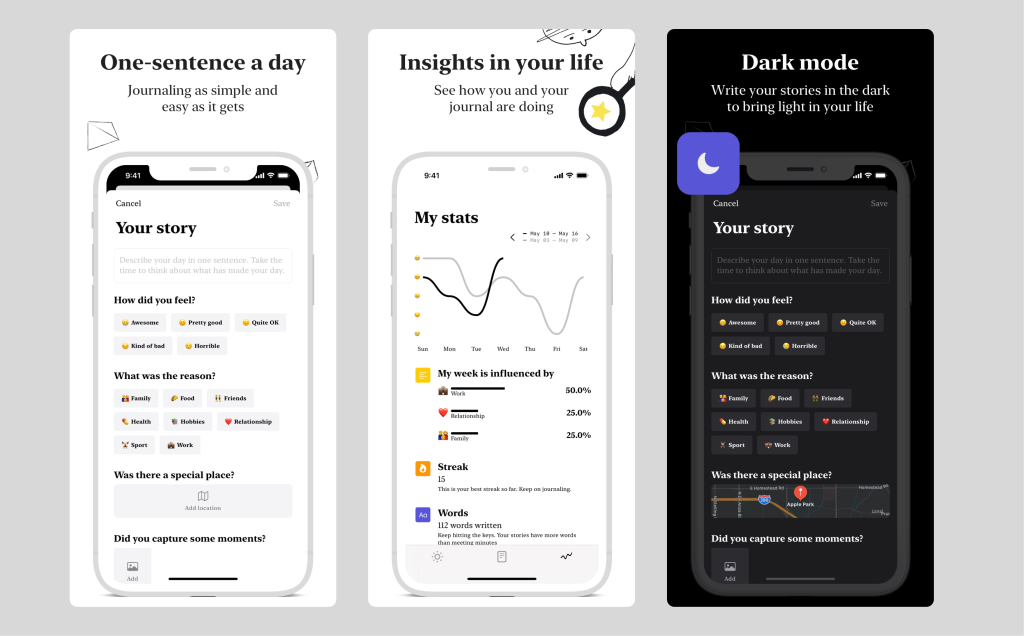
In today’s world, where deep thinking is common, Punkt software offers a simple solution for jotting down your thoughts using its one-sentence method. Punkt’s main goal is to make electronic journaling accessible to all to empower everyone to capture and reflect on their ideas effortlessly.
How to Create a Micro-SaaS Product?
Micro SaaS companies may find it daunting to create products. However, this is not the case if you follow the right set of steps. Here are some practical steps that you should follow to build a successful micro-SaaS platform.
Select the Niche
The first step to developing a successful micro SaaS product is the niche selection. Start looking at different niches to pick one that attracts you the most. You should conduct extensive research through multiple sources so that you can get your hands on a field that has high demand and low competition.
Identify a Market Gap
The best way to build a successful micro-SaaS product is to always look for a market gap in the niche that you have selected. Look for the problems that users are facing, and no one is addressing in that particular sector.
It has been estimated that 70% of business software is now SaaS-based. This means that there is severe competition. However, this does not mean that there will be no micro-SaaS ideas to work on. Have an eye for detail to spot the tiny but important things that others are missing out.
Market Research
Market research can be easily done in four practical ways. Let’s have a look at them.
- Conduct comprehensive research
- Analyze reviews and testimonials
- Utilize reputable tools such as Semrush
- Identify the fundamental issue
- Formulate a foundational strategy
Following the ideation and solution discovery phase, the next step is to plan your micro-SaaS product. During this stage, it’s crucial to explore different aspects of your product thoroughly. A recommended approach to kickstart this process involves:
- Developing wireframes
- Sketching UI designs
- Compiling feature lists
- Developing application maps
Build An MVP
Once you’ve developed a prototype for your micro-SaaS product, it’s time to launch it as a Minimum Viable Product (MVP). An MVP is a version of your product that is functional enough to begin selling. However, it can lack certain refinements or features. But that’s fine, as it is important to prioritize essential features that directly address your audience’s primary pain points rather than striving for perfection.
The additions to refine and enhance the product can be made during the development phase. After creating the MVP, you can commence selling access to it. However, it’s advisable to restrain your marketing expenses until you’ve further refined the product.
Constant Iteration
Many individuals overlook or undervalue the crucial step of iteration while building a product. If you want to have a solid micro-SaaS revenue, it’s important to establish direct communication with early adopters. They are important for gathering insights to enhance and fine-tune your product. Improve various aspects like onboarding, user experience, functionality, and accommodating a broader user base in the trial phase.
Validate and Test
Once you’ve launched your MVP, it’s time to start gathering feedback from your users. This feedback will be essential for refining the micro-SaaS product.
There are several methods to gather feedback from users:
- Sending direct emails
- Utilizing widgets like GoSquared
- Conducting user surveys
- Arranging customer interviews
- Monitoring product reviews
After launching, it’s crucial to test the micro-SaaS product thoroughly to find and fix any problems. This will ensure that your product works reliably and performs well.
Launch and Market Your Micro SaaS Product
Now that your micro-SaaS product is ready to launch, it’s time to start marketing and selling. There are lots of ways to promote your product to the right people. Try different methods to see which ones work best. There is no one set approach to marketing. As a result, it’s important to try a few different things.
A good marketing strategy can help you catch the eye of your target customers. You can make your micro-SaaS product stand out in a competitive market by using different channels and staying flexible.
We Build High-Performance Micro-SaaS Products for You
Want to get your hands on customized micro-SaaS products? Let Denovers help you. Our specialized front-end engineers and designers create products that fit your unique business needs and requirements. Our team ensures to keep you posted about all the development and design aspects through consistent collaboration so that your digital platforms perfectly align with your business.
Get in touch to learn more about our services.
It’s a Wrap
Developing a micro-SaaS product is a better option than going for a traditional SaaS product as it is less risky, involves less overhead costs, and results in increased long-term success and profitability. Just make sure to follow the steps in the right way, and you’ll end up with a high-performing product that ensures long-term profitability.
FAQs
Is micro-SaaS worth it?
Micro-SaaS can definitely be worth it. It’s great for starters because it usually requires less money upfront. Since these products often target specific groups, they can attract loyal customers. Plus, the subscription model means steady income. But remember, success depends on research, good marketing, and keeping your product up-to-date. So, if you’re ready to put in the work, micro-SaaS can be a smart move.
What is the difference between micro SaaS and vertical SaaS?
The main difference between micro SaaS and vertical SaaS is who they serve. Micro SaaS focuses on solving one problem for a small group of people, often created by small teams or individuals. Vertical SaaS, however, targets specific industries, offering solutions tailored to their unique needs. So, micro SaaS is like a specialized tool for a small group, while vertical SaaS is a broader solution for a whole industry.
How do I quickly scale my SaaS business?
Scaling a SaaS business involves a combination of strategic planning, effective execution, and continuous adaptation. Firstly, focus on acquiring more customers by leveraging various marketing channels and optimizing your sales processes for efficiency. Secondly, customer satisfaction and retention should be prioritized through exceptional customer support and regular product improvements based on feedback. Additionally, consider strategic partnerships or collaborations to expand your reach and access new markets. Lastly, invest in scaling your infrastructure and resources to handle increased demand while maintaining reliability and performance. Keep a keen eye on key performance indicators (KPIs) and be prepared to adjust your strategies as needed to sustain growth and success.
How to increase MRR for SaaS?
Increasing Monthly Recurring Revenue (MRR) for a SaaS business involves upselling to existing customers, optimizing pricing strategies, prioritizing customer retention, and acquiring new customers through targeted marketing efforts. By focusing on these key areas, you can drive sustainable growth and maximize revenue.



